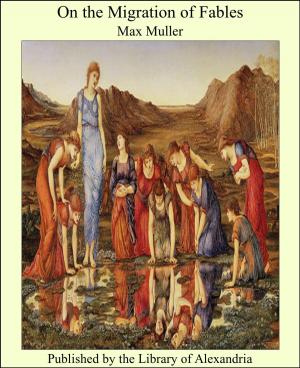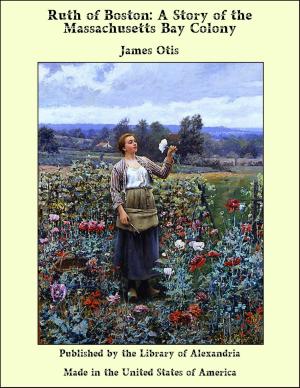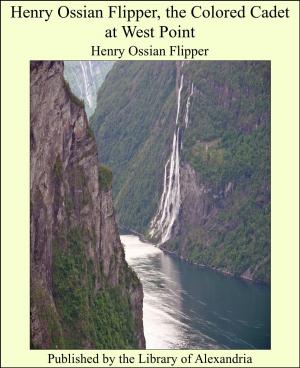Beauties and Antiquities of Ireland
Nonfiction, Religion & Spirituality, New Age, History, Fiction & Literature| Author: | T. O. Russell | ISBN: | 9781465526915 |
| Publisher: | Library of Alexandria | Publication: | March 8, 2015 |
| Imprint: | Language: | English |
| Author: | T. O. Russell |
| ISBN: | 9781465526915 |
| Publisher: | Library of Alexandria |
| Publication: | March 8, 2015 |
| Imprint: | |
| Language: | English |
KILLARNEY Killarney is famed and known all over the civilized world; but there are places in Ireland where isolated scenes can be found as fair as any in Killarney. Much has been written about this “Eden of the West,” but most of those who have attempted to describe it have omitted to mention its chief charm—namely, diversity of scenic attractions within a small compass. Almost everything that Nature could do has been done within a tract of country hardly ten miles square. Except some favoured spots in Switzerland, there is no spot of European soil more famed for beauty than Killarney. Its very name is beautiful, as any one can know who has heard Balfe’s grand song, “Killarney.” No sounds more harmonious or more fitted for a refrain could be uttered by the organs of speech. The name signifies in Gaelic the church of the sloe or wild plum-tree. The real name of the lake, or chain of lakes, which is one of the charms of Killarney, is Loch Lein, but the latter name is now almost obsolete. Before attempting to describe Killarney, it will be well to give the reader an extract from Macaulay’s “History of England.” The passage is a masterpiece of prose. It is a sketch of the scenic characteristics of that part of Ireland where the famous lakes are situated: “The south-western part of Kerry is now well known as the most beautiful tract in the British Isles. The mountains, the glens, the capes stretching far out into the Atlantic, the crags on which the eagles build, the rivulets branching down rocky passes, the lakes overhung by groves in which the wild deer find covert, attract, every summer, crowds of wanderers sated with business and the pleasures of great cities. The beauties of that country are often, indeed, hidden in the mist and rain that the west wind brings up from the boundless ocean. But, on rare days, when the sun shines out in his glory, the landscape has a freshness and warmth of colouring seldom found in our latitude. The myrtle loves the soil; the arbutus thrives better than in Calabria; the turf has a livelier hue than elsewhere; the hills glow with a richer purple; the varnish of the holly and the ivy is more glossy, and berries of a brighter red peep through foliage of a brighter green.”[1
KILLARNEY Killarney is famed and known all over the civilized world; but there are places in Ireland where isolated scenes can be found as fair as any in Killarney. Much has been written about this “Eden of the West,” but most of those who have attempted to describe it have omitted to mention its chief charm—namely, diversity of scenic attractions within a small compass. Almost everything that Nature could do has been done within a tract of country hardly ten miles square. Except some favoured spots in Switzerland, there is no spot of European soil more famed for beauty than Killarney. Its very name is beautiful, as any one can know who has heard Balfe’s grand song, “Killarney.” No sounds more harmonious or more fitted for a refrain could be uttered by the organs of speech. The name signifies in Gaelic the church of the sloe or wild plum-tree. The real name of the lake, or chain of lakes, which is one of the charms of Killarney, is Loch Lein, but the latter name is now almost obsolete. Before attempting to describe Killarney, it will be well to give the reader an extract from Macaulay’s “History of England.” The passage is a masterpiece of prose. It is a sketch of the scenic characteristics of that part of Ireland where the famous lakes are situated: “The south-western part of Kerry is now well known as the most beautiful tract in the British Isles. The mountains, the glens, the capes stretching far out into the Atlantic, the crags on which the eagles build, the rivulets branching down rocky passes, the lakes overhung by groves in which the wild deer find covert, attract, every summer, crowds of wanderers sated with business and the pleasures of great cities. The beauties of that country are often, indeed, hidden in the mist and rain that the west wind brings up from the boundless ocean. But, on rare days, when the sun shines out in his glory, the landscape has a freshness and warmth of colouring seldom found in our latitude. The myrtle loves the soil; the arbutus thrives better than in Calabria; the turf has a livelier hue than elsewhere; the hills glow with a richer purple; the varnish of the holly and the ivy is more glossy, and berries of a brighter red peep through foliage of a brighter green.”[1















